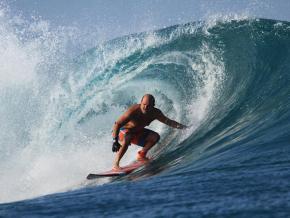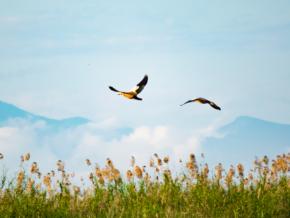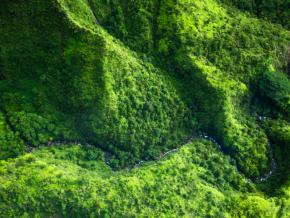Image

The countdown to biodiversity COP16 in Cali has begun
In February, Gustavo Petro, the President of the Republic of Colombia announced that Cali will be the host city for the sixteenth meeting of the Conference of the Parties to the Convention on Biological Diversity (CBD COP16) to be held from Oct. 21 to Nov. 1, 2024.
“We bow to the most biodiverse…
Image

Nurturing landscapes, communities, and climate resilience in Kazakhstan
At the crossroads of Kazakhstan, Kyrgyz Republic, and Uzbekistan, among high and rugged mountain ranges lies Aksu-Zhabagly Nature Reserve - the oldest nature reserve in Central Asia and a part of UNESCO's World Network of Biospheres and World Heritage List. Established in 1926 for its rich…
Image

We have two months to start healing the world
Back-to-back summits on climate change and biodiversity will offer the world a unique chance to come together on two of the most critical issues of our time - climate and biodiversity. Change is possible. But given the size of the crises, we must use the coming two months to be brutally honest…
Image

A new lifeline for wildlife conservation finance
What do capital markets have to do with biodiversity? Until now, very little. This changed this week with the launch of a landmark Wildlife Conservation Bond or “rhino bond” that offers a payout linked to the protection of black rhinos, a critically endangered species whose health is essential to…
Image

A surfer's view on a blue and green recovery
In a blog for IUCN's World Conservation Congress, GEF CEO and Chairperson Carlos Manuel Rodriguez writes how surfing has given him a deeper understanding of oceans and marine life, and a passion for addressing biodiversity loss and climate change.
Image

How public development banks can help nature
Public development banks will be critical to global efforts to build back better from the COVID-19 pandemic and its economic fallout. To realize their potential, they should complement their climate investments by setting explicit nature-based goals and targets.
Image

Working together to grow, nourish, and sustain
On October 16 every year, we celebrate World Food Day to highlight the enduring vision of a world free from hunger and malnutrition. This year, we face the unprecedented crisis of COVID-19, which threatens food security and human health and may push another 130 million people into hunger by the end…
Image

Welcome to the Anthropocene
The many overlapping crises of 2020 are not just hallmarks of a bad year. They reflect the human-caused environmental damage that will keep compounding in the epoch dubbed the Anthropocene, where humanity’s impact on the planet dominates all else.
Writing for the World Bank's Voices blog, GEF CEO…
Image

Why this decade is make-or-break for nature
Momentum to reverse nature loss is growing, but there is still a long way to go
In evolutionary time, a decade is but a flick of nature’s eyelid. That makes the rapid depletion of biodiversity over the past 10 years all the more distressing. Our forests are disappearing, our coral reefs are dying…
Image

Mapping nature to create a global biodiversity framework
The year 2020 was considered a 'super year' for biodiversity. A string of interconnected events offered a unique opportunity to build a global coalition and international policy framework that recognized the central role of nature to all life on Earth. At the UN Biodiversity Conference (COP 15) 196…